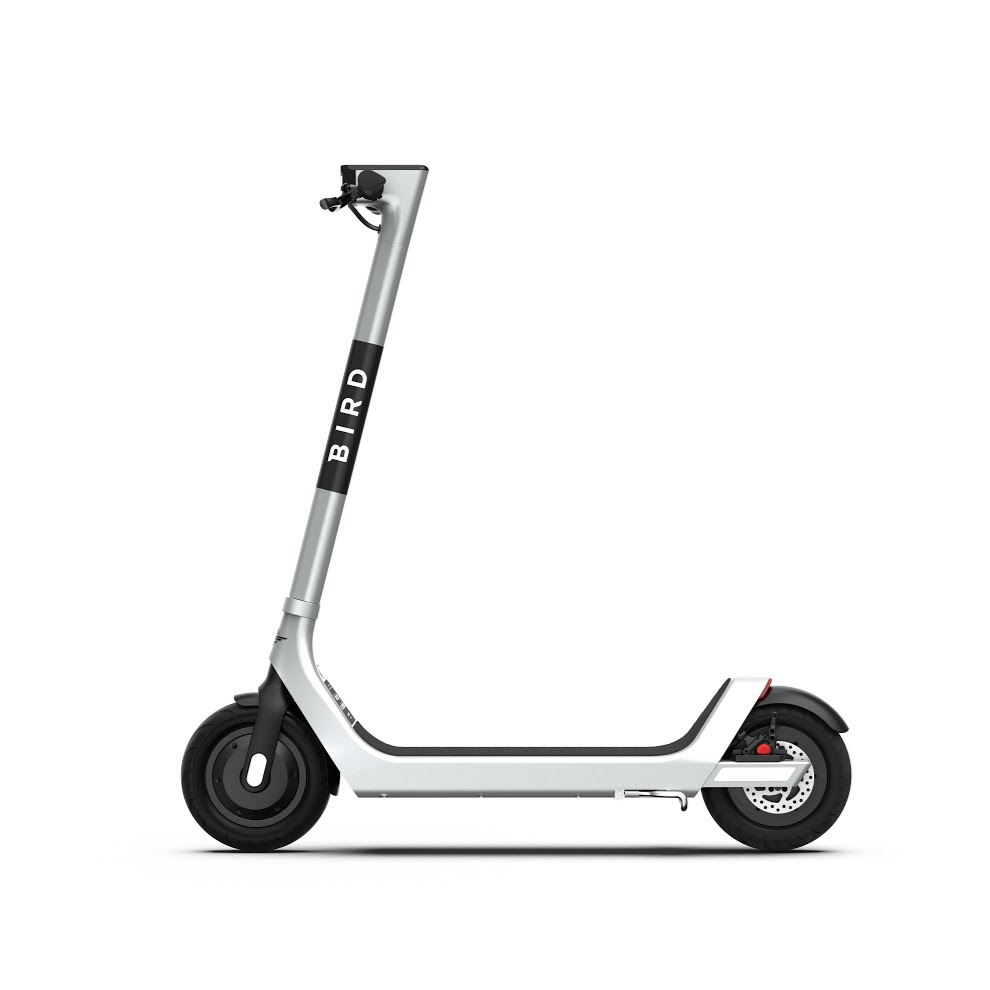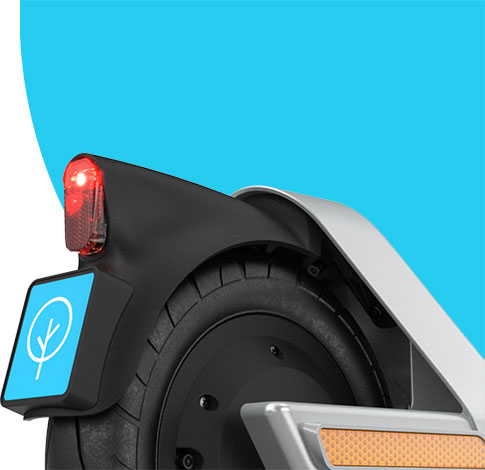About 82 percent.
That’s how much lower a Bird electric scooter’s total carbon emissions are per passenger mile than rideshare vehicles operated by companies like Uber and Lyft. Personal cars don’t fare much better, with emissions that are almost 75 percentage points higher than those of Bird Two.
These insights, and many others, are the result of a thorough life-cycle analysis (LCA) completed this month on Bird’s newest model electric scooter. Conducted with the help of CEA Consulting and an independent consultant from the National Renewable Energy Laboratory, the Bird LCA tracks the total environmental impact of our scooters from manufacturing to end-of-life and compares them to other prominent modes of urban transportation.
“Bird Two has been engineered from the ground up to dramatically increase efficiency and reliability by an order of magnitude,” said Scott Rushforth, Bird’s Chief Vehicle Officer. “We know that the bulk of scooter emissions are a result of the manufacturing process, so the longer our vehicles last, the fewer we need to manufacture—which is a big win for the planet.”
More specifically, manufacturing makes up 65 of the Bird Two’s total 97.2 grams of CO2 equivalent emitted per passenger mile (gCO2e/pmt). To put that in some perspective, traveling three and a half miles on a Bird Two emits about as much carbon dioxide as ordering a large latte, and traveling 91 miles emits the same amount of CO2 as burning just one gallon of gasoline.
While these per-mile emissions are significantly less than the 320 gCO2e/pmt generated by diesel-powered buses (with average ridership), there’s still room for improvement. That’s exactly why Bird’s vehicle team has invested so much in research and development, leading the micromobility industry away from non-durable off-the-shelf products to scooters with a life expectancy of more than two years.

Batteries in particular are an important piece of the puzzle, as they make up more than a quarter of all manufacturing emissions. Bird Two’s new custom lithium-ion batteries hold double the charge of consumer vehicles, meaning they can remain active for significantly longer periods without needing to be recharged. Together with a 14,000-mile life expectancy and an easily-changeable design, they’re built to be recharged minimally, reused abundantly and to avoid premature recycling.
In total, the 2020 LCA places Bird Two electric scooters on par with the most sustainable forms of public transportation including electric busses (68 gCO2e/pmt) and rapid transit (124 gCO2e/pmt)—and 2021 looks even better.
“As we incorporate more recycled aluminum into our vehicle frames, optimize route pickups and dropoffs and increasingly use electric vans and cargo bikes to rebalance our fleet, we project that next year’s CO2 emissions per passenger mile will drop to around 60 grams,” said Rebecca Hahn, Bird’s Chief Corporate Social Responsibility Officer.
“It’s important that we continue to raise the bar and push our peers to do the same. If the micromobility industry expects cities to step up infrastructure development and common sense regulations that prioritize safe, low-carbon urban transportation, we need to ensure we’re doing everything in our power to create the cleanest, safest personalized mobility option available.”
Learn more about the engineering behind Bird Two’s sustainability.

